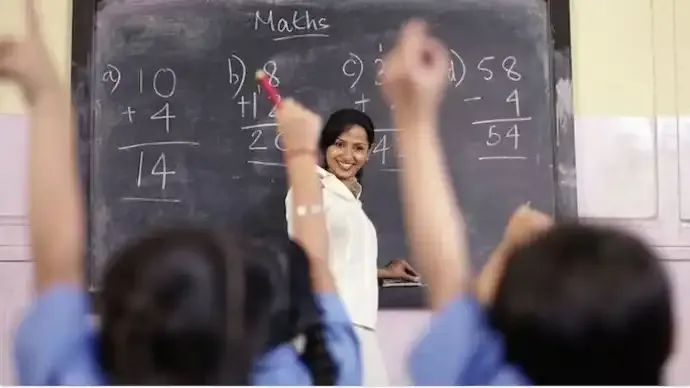Shopping cart
Your cart empty!
Terms of use dolor sit amet consectetur, adipisicing elit. Recusandae provident ullam aperiam quo ad non corrupti sit vel quam repellat ipsa quod sed, repellendus adipisci, ducimus ea modi odio assumenda.
Lorem ipsum dolor sit amet consectetur adipisicing elit. Sequi, cum esse possimus officiis amet ea voluptatibus libero! Dolorum assumenda esse, deserunt ipsum ad iusto! Praesentium error nobis tenetur at, quis nostrum facere excepturi architecto totam.
Lorem ipsum dolor sit amet consectetur adipisicing elit. Inventore, soluta alias eaque modi ipsum sint iusto fugiat vero velit rerum.
Sequi, cum esse possimus officiis amet ea voluptatibus libero! Dolorum assumenda esse, deserunt ipsum ad iusto! Praesentium error nobis tenetur at, quis nostrum facere excepturi architecto totam.
Lorem ipsum dolor sit amet consectetur adipisicing elit. Inventore, soluta alias eaque modi ipsum sint iusto fugiat vero velit rerum.
Dolor sit amet consectetur adipisicing elit. Sequi, cum esse possimus officiis amet ea voluptatibus libero! Dolorum assumenda esse, deserunt ipsum ad iusto! Praesentium error nobis tenetur at, quis nostrum facere excepturi architecto totam.
Lorem ipsum dolor sit amet consectetur adipisicing elit. Inventore, soluta alias eaque modi ipsum sint iusto fugiat vero velit rerum.
Sit amet consectetur adipisicing elit. Sequi, cum esse possimus officiis amet ea voluptatibus libero! Dolorum assumenda esse, deserunt ipsum ad iusto! Praesentium error nobis tenetur at, quis nostrum facere excepturi architecto totam.
Lorem ipsum dolor sit amet consectetur adipisicing elit. Inventore, soluta alias eaque modi ipsum sint iusto fugiat vero velit rerum.
Do you agree to our terms? Sign up

India continues to face a pressing educational challenge — the prevalence of single-teacher schools, where one educator handles multiple classes and subjects.
According to the Ministry of Education’s 2024–25 data, there are 1,04,125 single-teacher schools across the country, serving more than 33.7 lakh students — an average of 34 students per school.
Andhra Pradesh records the highest number of single-teacher schools, while Uttar Pradesh tops in terms of student enrolment. Other states with significant numbers include Jharkhand, Maharashtra, Karnataka, Lakshadweep, and Madhya Pradesh.
Despite gradual progress, the situation exposes major gaps in equitable access and quality learning across India’s public education network.
Under the Right to Education (RTE) Act, 2009, the recommended pupil-teacher ratio (PTR) is 30:1 for primary and 35:1 for upper primary classes. However, single-teacher schools fall far short of these norms, often forcing one educator to manage all students, subjects, and administrative duties.
While the number of single-teacher schools has declined from 1,18,190 in 2022–23 to 1,10,971 in 2023–24 — a 6% drop — the issue remains a serious bottleneck in India’s efforts to achieve quality education for all.
A senior Education Ministry official stated that the government is actively consolidating schools and redeploying teachers to address the imbalance.
“Single-teacher schools hinder the learning process. Teachers from low-enrolment schools are being reassigned to ensure adequate staffing,” the official explained.
Uttar Pradesh: 6.2 lakh students
Jharkhand: 4.36 lakh
West Bengal: 2.35 lakh
Madhya Pradesh: 2.29 lakh
Karnataka: 2.23 lakh
Andhra Pradesh: 1.97 lakh
Rajasthan: 1.72 lakh
In stark contrast, Delhi has just nine single-teacher schools, while Puducherry, Ladakh, Dadra and Nagar Haveli, Daman and Diu, and Chandigarh have none. The Andaman and Nicobar Islands report only four such schools.
Regions like Chandigarh (average 1,222 students per school) and Delhi (808 students per school) demonstrate optimal infrastructure use. Meanwhile, Ladakh (59), Mizoram (70), Meghalaya (73), and Himachal Pradesh (82) reflect under-utilisation due to low population density and geographical barriers.
“Schools with higher enrolments show better resource utilisation. The aim is to merge smaller institutions for balanced student distribution,” the official added.
Despite ongoing efforts, India’s 33 lakh students in single-teacher schools represent a deep-rooted inequality in access and learning outcomes. Bridging this gap will require sustained investment, teacher training, and digital integration to ensure that every child receives quality education, regardless of geography.
Conclusion:
While policy reforms and school mergers signal gradual progress, the single-teacher school model remains a critical concern in India’s pursuit of educational equity. Ensuring every student learns from qualified and supported educators is key to achieving the vision of universal education.
9
Published: Oct 13, 2025